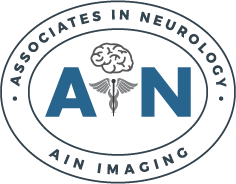
Cerebral palsy is known as the most common motor disability in childhood around the world. That being said, many of our patients are surprised to find how little they know about cerebral palsy. This group of disorders not only affects a person’s motor skills, but also their ability to move and maintain balance and posture.
Let’s discuss more about what cerebral palsy is, the differences between the different forms of cerebral palsy, what causes cerebral palsy, and cerebral palsy treatments, so you can be more informed about the condition and how it affects people.
Types of Cerebral Palsy
Cerebral palsy is a group of disorders that affect movement, coordination, and muscle tone in patients, in addition to their ability to maintain balance and posture. Cerebral palsy comes from the words “cerebral” meaning “having to do with the brain” and “palsy” meaning “weakness or issues with using the muscles.” Although symptoms vary from person to person, those with cerebral palsy may experience slow movements, exaggerated reflexes, muscle stiffness and rigidity, delayed motor skills, difficulty eating and speaking, trouble walking, and tremors.
There are several types of cerebral palsy:
Spastic Cerebral Palsy
As the most common type of cerebral palsy, spastic cerebral palsy affects nearly 80 percent of those with the condition. This type of cerebral palsy is characterized by patients having too much muscle tone, meaning their muscles are stiff and their movements may be awkward. Patients with spastic cerebral palsy generally have problems with walking, but can also have concerns with their vision, speech, and hearing.
Dyskinetic Cerebral Palsy
Those who are affected by dyskinetic cerebral palsy have trouble controlling movements in their limbs, making it difficult to walk and sit properly. Movements can be slow and writhing or rapid and jerky, depending on the patient’s condition. Patients with dyskinetic cerebral palsy may find that their muscle tone changes from too tight to too loose from day to day and even hour to hour.
Ataxic Cerebral Palsy
Those affected by ataxic cerebral palsy find they have trouble with balance and coordination. While they may be able to walk, they may find their balance is unsteady and that they have a hard time with quick movements or movements that require intent control, like writing or eating.
Causes of Cerebral Palsy
Cerebral palsy is mostly a congenital condition, meaning that those who are affected by it have developed the condition from birth. This may happen as a result of a genetic defect, a complication during pregnancy like an infection, or a lack of oxygen throughout the birthing process. Rarely, cerebral palsy is developed following birth due to traumatic medical events like a brain injury, head injury, or a severe infection involving the brain, like meningitis.
While cerebral palsy can’t be prevented in most cases, there are steps parents can take to reduce the risk of their child developing the condition. These steps include getting vaccinated for diseases like rubella before getting pregnant, avoiding drugs and alcohol throughout pregnancy, and taking thorough care of themselves throughout the pregnancy and prenatal period. Preventing injuries through safety measures can also reduce the risk of developing cerebral palsy for infantsand toddlers.
Cerebral Palsy Treatments
While there is no cure for cerebral palsy, there are many treatments available to help reduce pain in patients, relax their muscles, and strengthen their motor skills. These treatments include:
- Muscle or nerve injections (like Botox®)
- Muscle relaxants
- Medications to reduce drooling
- Physical therapy
- Occupational therapy
- Speech and language therapy
- Recreational therapy
- Selective surgery (to cut nerves that serve spastic muscles)
Treatment for your child’s cerebral palsy is going to be tailored to their individual needs. It’s important you find a reliable neurologist to stick with your child throughout their treatment journey, ensuring they get the high-quality, comprehensive care they need and deserve for their condition.
Top Cerebral Palsy Treatment Near Me
Finding treatment for cerebral palsy in Southeast Michigan doesn’t have to be hard. Consider seeing the board-certified doctors at Associates in Neurology. With several locations conveniently around the greater Detroit area, Associates in Neurology is proud to offer a wide range of services to patients of all kinds, whether that involves an MRI or EEG for cerebral palsy or physical therapy for Parkinson’s disease.
To learn more about how our services can benefit you, we encourage you to call our office today at (248) 478-5512. To schedule an appointment with one of our expert doctors, please feel free to use our convenient online appointment request form.


